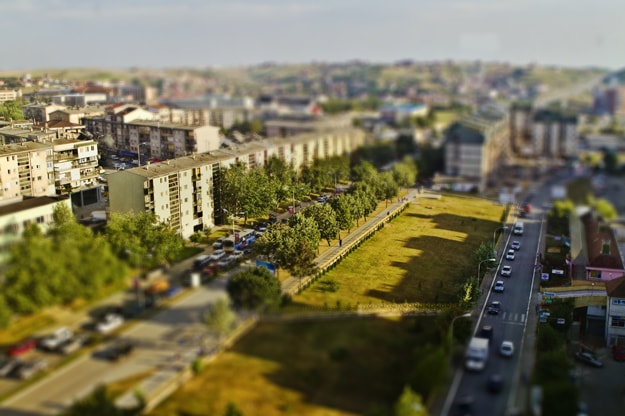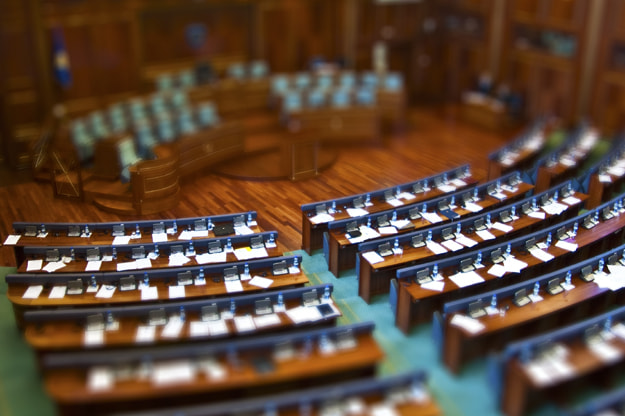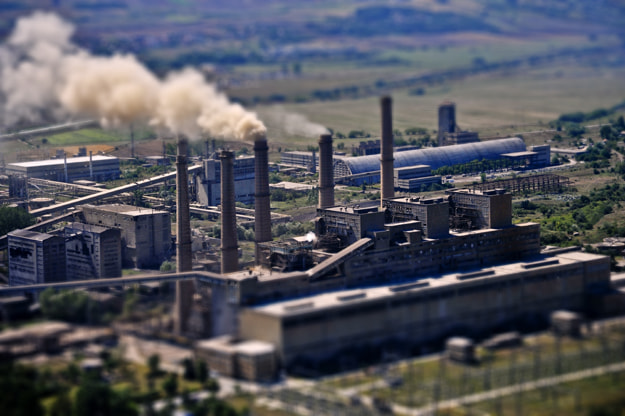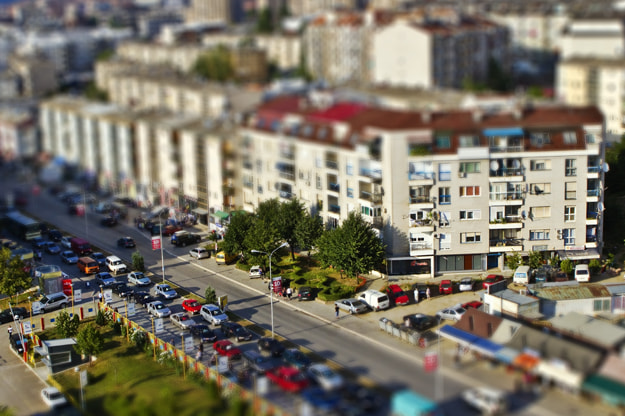
Dissecting Prishtina
The capital is a city by name but a zombie in spirit.
|03.06.2013
|

Besnik Pula
Besnik Pula specializes in political economy and is an associate professor in the Department of Political Science at Virginia Tech, where he also serves as director of the International Studies Program. He holds a Ph.D. from the University of Michigan and is the author of two books.
This story was originally written in English.



